Shooting wildlife is a thrilling endeavor. It’s hard work, can involve travel to remote locations, and sometimes requires braving the elements. And yet, even on a bad day, it is thrilling. The ultimate thrill is when everything comes together to procude a high quality artistic image of the creature engaged its natural behavior in its natural habitat.
Sometimes however the artistic part is elusive due to the limitations of light, gear, or operator error. Sometimes it is elusive simply because the animals are not interested in having their portrait taken. Even if the perfect shot is not attained, the experience, for me, is still thrilling. I had one suchexperience last weekend. The source of the thrill was witnessing a very rare sight – a family of whooping cranes on their migrationjourneyto their northern breeding grounds. The photo op was limited due to poor light and proximity, but that is not the point.
This lovely family of whooping cranes was feeding in a corn field near Almeria, NE last weekend. Whooping cranes stop in Nebraska to feed and rest during their spring migration. This group was too far away to get a good shot and due to their endangered status I did not want to leave the road in pursuit of a better vantage point. The light was poor and it was cold but I could not resist taking a few shots. I cranked up the ISO on the 7D and mounted a 1.4x TC to the 600mm lens and made a few photographs to document the thrill of viewing three of only about 280 whooping cranes left in the wild.
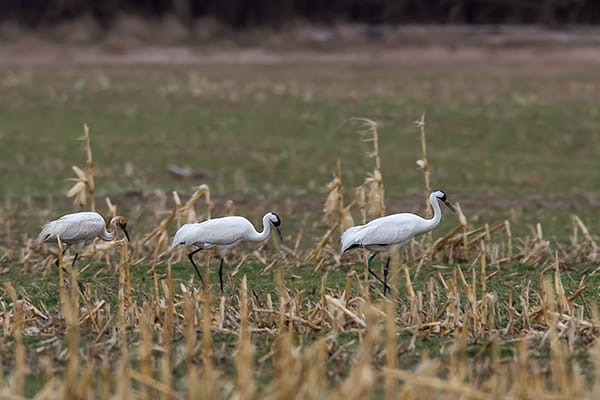
According to the Crane Trust, There are approximately 280 whooping cranes in the wild, migratory flock that breeds in Wood Buffalo National Park in Canada and winters at Aransas National Wildlife Refuge in Texas.Whooping cranes reached the brink of extinction earlier in the last century. Only 15 birds remained in 1941 after more than a century of habitat loss and continuous hunting.After 70 years of intensive conservation efforts, the population has increased but still faces many challenges.
Whooping cranes spend November to March along the Gulf coast of Texas at the Aransas National Wildlife Refuge. Each spring from late March to late April, the cranes migrate to their breeding grounds in northern Canada at Wood Buffalo National Park and remain there from May through September.The migration route is long (about 2,500 miles) but narrow (less than 300 miles wide) and extends through Texas, Oklahoma, Kansas, Nebraska, South Dakota and North Dakota in the United States, and through Saskatchewan and Alberta in Canada.
I hope to get theprivilegeof seeing these lovely birds again in the years to come.
The post Once In a Lifetime Shot? appeared first on Scenic Aperture.
Frank Comisar
Frank Comisar is a nature photographer who loves to help others make beautiful photographs. His photography interests are varied and range from landscapes to wildlife. He shoots landscapes, wildlife, and nature for the purpose of capturing a moment in time that when revisited, portrays the natural beauty of the places visited and the creatures that live there. His goal is to not merely provide a visual and technical documentation of the scene in front of the lens. Rather, it is to render the scene in an artistic and creative way that not only provides context to the image, but also captures the feeling and essence of the moment.
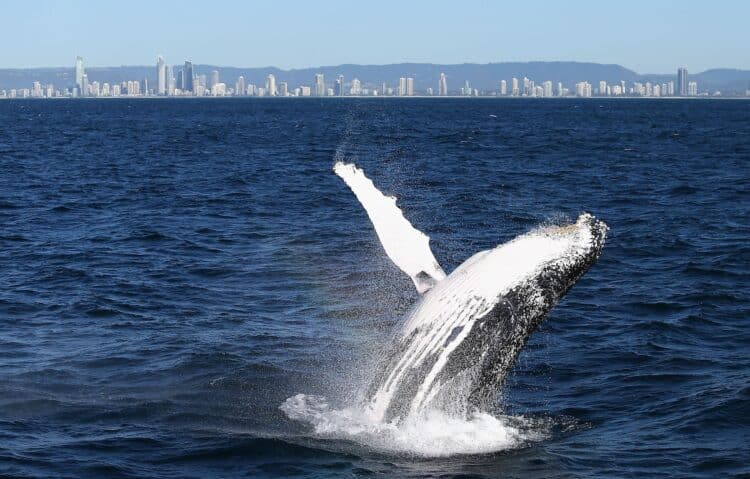
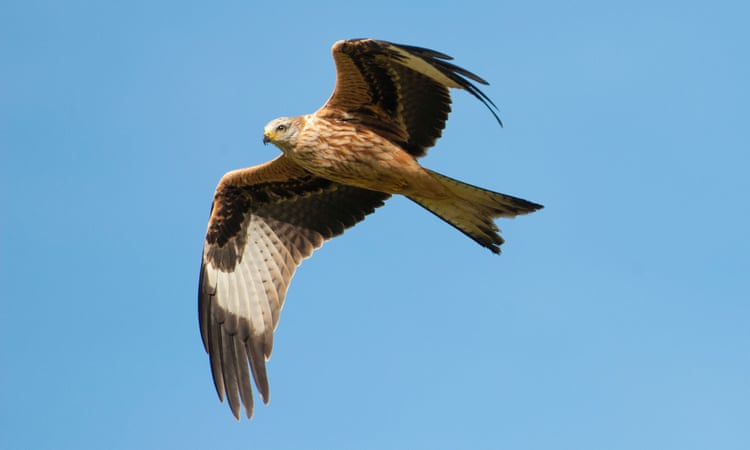

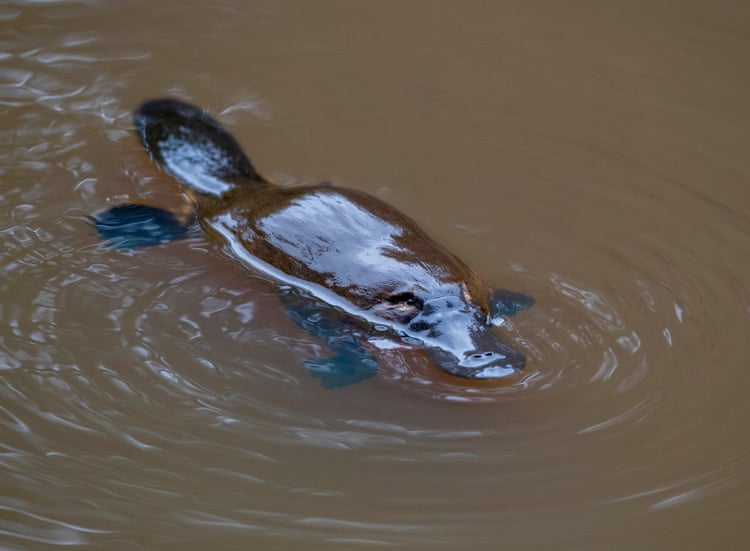

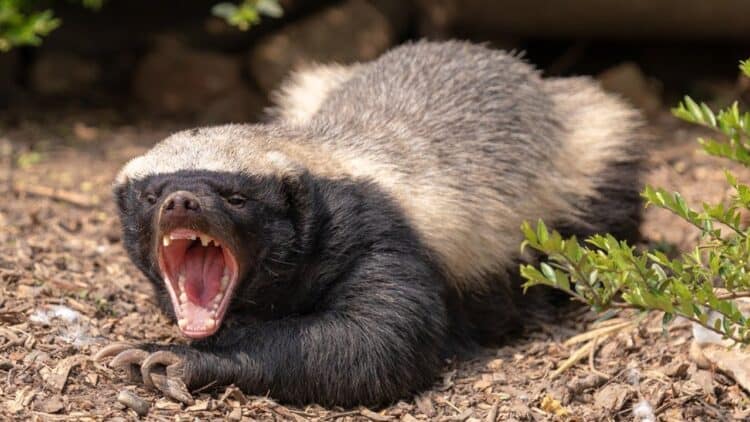
Leave a Reply